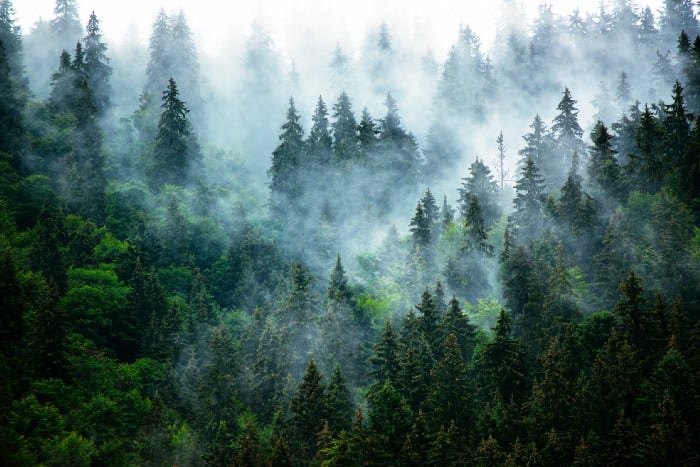The entirety of our planet relies on the well-being of our environment and the organisms that naturally support it. Our forest land is one of the main contributors to our ecosystem, and is what helps maintain the levels of both oxygen and carbon dioxide in the air. Additionally, approximately 80% of land species live in forests, giving them the home and habitat they need to survive. These reasons and many more prove the importance of our forests, and why the decrease in forest rates we see today are alarming and must be addressed.
What is Deforestation?
Deforestation is one of the main contributors to the issues our environment faces today. Currently, forests cover around 31% of our Earth’s surface. Annually, this percentage changes with the continuing loss of 18.7 million acres of forest land. In Brazil, the Amazon Rainforest experiences a majority of our planet’s deforestation, with an overwhelming loss of around 17% of their total forest.
The two major contributors to deforestation are the increasing need for agriculture and fires. As the population of the world continues to grow, so does the demand for agricultural goods and services. This increasing demand for various foods and products results in the need for more land. When you use the plot of land to produce these goods and services, then no natural minerals and nutrients left for new growth in the land. Consequently, acquire the new land, and the deforestation cycle continues. Deforestation is the cause of fires and logging. However, it is imperative due to the increase in the population and its demands.
The Effects of Deforestation
Forests are the homes to delicate and various ecosystems. One of the commonly known effects of deforestation is the increase in carbon emissions. When you cut down or burn trees, it releases carbon dioxide. This rise in carbon levels is one of the main issues that contribute to climate change our world currently faces.
Along with rising carbon emissions, the loss of biodiversity is another notable effect of deforestation. After cutting down trees, various species inhabiting these forests no longer have a place to live. Typically, these forested areas are the only climate certain species are able to survive. This results in a rise in extinction rates, and biodiversity faces major losses.
How You Can Help Lower Deforestation Rates
There are many ways in which our community as a whole can step up to decrease deforestation rates. Something as simple as requesting an emailed receipt instead of paper or bringing reusable bags when out shopping can make a huge difference. Encouraging others around you to make the same changes will result in a noticeable shift that benefits both the planet and its people. Approximately, one tree contributes to producing 8,333.3 sheets of paper, therefore any contribution, no matter how small, can help decrease our planet’s deforestation rates.
Otter Waiver was founded with the environment in mind and is here to help decrease deforestation rates. With a vow of “One Tree Saved One Tree Planted” Otter Waiver will plant one tree for every tree saved by using their digital waivers. To learn more about Otter Waiver and their partnership with One Tree Planted, visit otterwaiver.com or search @otterwaiver on all social media platforms.
Resources



